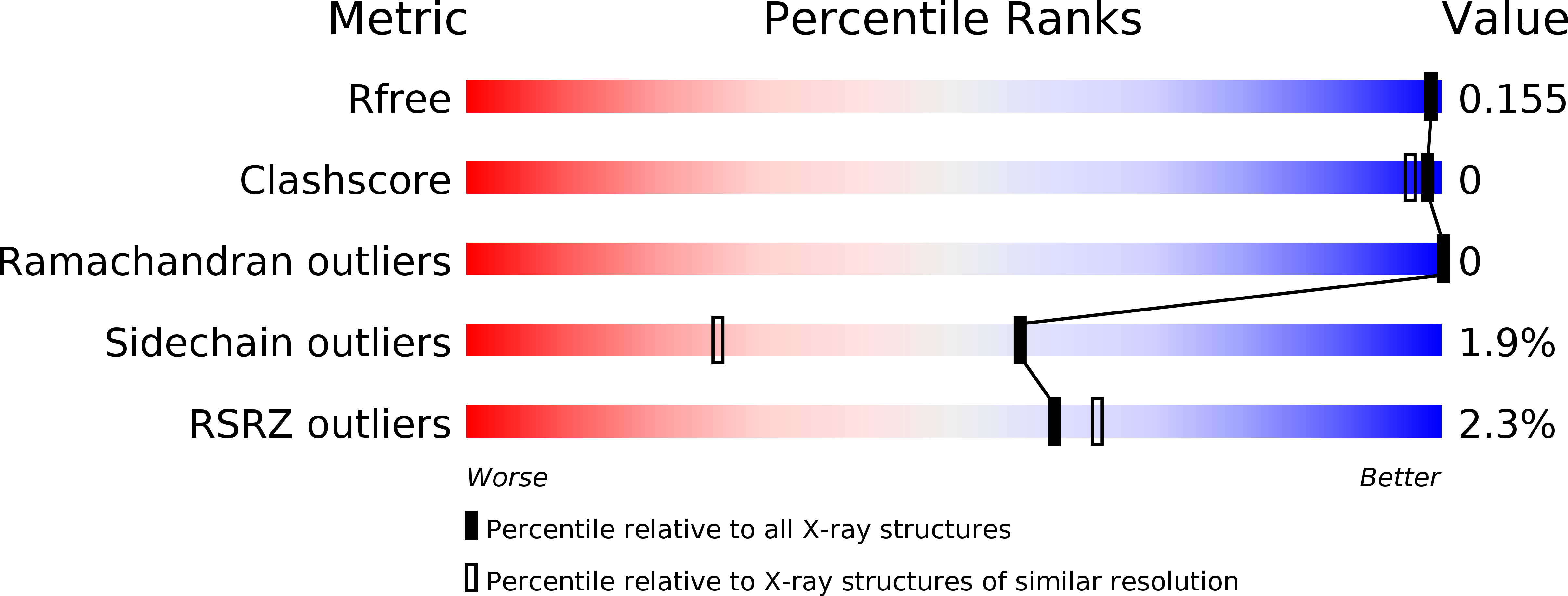
Deposition Date
2013-10-29
Release Date
2014-05-28
Last Version Date
2024-10-09
Entry Detail
PDB ID:
4NEB
Keywords:
Title:
Previously de-ionized HEW lysozyme batch crystallized in 0.5 M MnCl2
Biological Source:
Source Organism:
Gallus gallus (Taxon ID: 9031)
Method Details:
Experimental Method:
Resolution:
1.48 Å
R-Value Free:
0.15
R-Value Work:
0.12
R-Value Observed:
0.12
Space Group:
P 43 21 2


